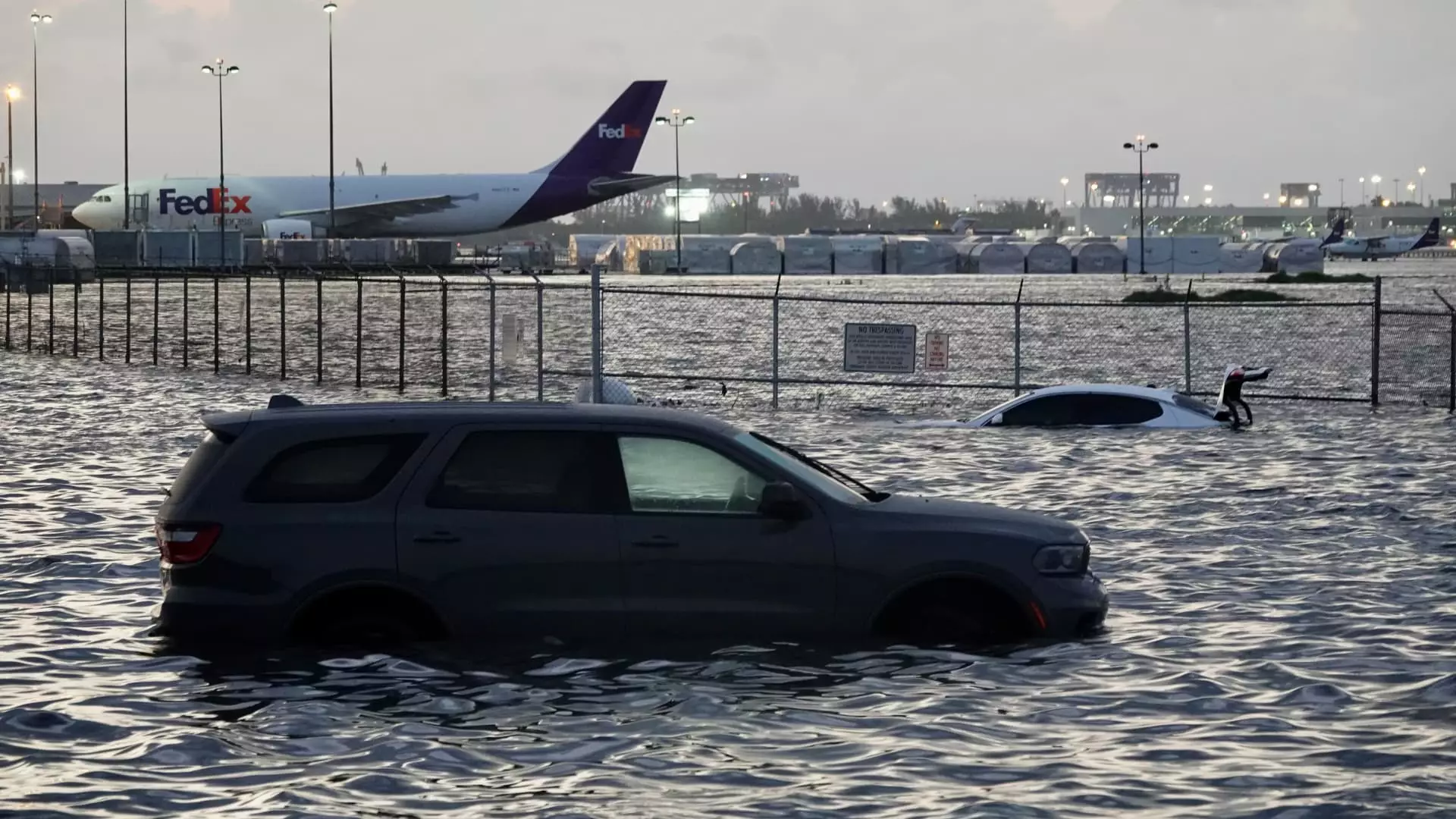The United States’ infrastructure, long regarded as the backbone of economic strength and national resilience, is faltering under the relentless pressure of climate change. The most alarming aspect is that much of the infrastructure—roads, bridges, airports, and communication networks—was designed and built in an era when climate variability was less severe and less frequent. As a result, many of these vital systems are woefully unprepared for the new climatic normal. The consequences are visible in the recurring failures that have begun to define everyday life: flooded runways shutting down airports, bridges that deform under extreme heat, and power grids buckling during storms. These vulnerabilities paint a stark picture of a system that was not only neglected but woefully outdated in the face of rapidly intensifying weather phenomena.
A Dangerous Underestimation of Climate Risks
There is a glaring disconnect between the reality of climate threats and the strategic responses from policymakers and infrastructure planners. Despite mounting evidence and consistent warnings from engineering authorities like the American Society of Civil Engineers (ASCE), investment in resilience measures remains woefully insufficient. The latest report card grades the nation a “C,” an indictment of systemic complacency. The core issue stems from a failure to incorporate climate science into planning and design—something that should be non-negotiable in modern infrastructure development. Engineers and climate scientists alike emphasize the urgency of designing structures that can withstand floods, heatwaves, wildfires, and other extreme events. Yet, decades-old infrastructure remains the default, cemented in the past, exposing Americans to unnecessary risks.
Financial Neglect and Political Disregard
Funding—an essential ingredient for resilience—is in short supply, hamstrung by political ineptitude and ideological lapses. The estimated $3.7 trillion needed over the next decade to modernize and upgrade U.S. infrastructure seems to be an insurmountable challenge, especially when significant budget cuts have been made. The Trump administration’s decision to slash vital programs, such as FEMA’s Building Resilient Infrastructure and Communities initiative, underscores a troubling indifference to climate adaptation. This financial neglect not only jeopardizes public safety but also threatens long-term economic stability. Investors are increasingly aware of this, with climate risk analytics firms highlighting the vulnerabilities of power, telecommunications, and transportation infrastructure to floods, wildfires, and windstorms. These risks are not hypothetical—they represent a material threat to the continuity of infrastructure-dependent industries and communities.
The Political and Scientific Disconnect
Addressing climate resilience requires a commitment that integrates sound science with pragmatic engineering. Crucially, however, the current political climate often undermines this integration. Federal agencies responsible for climate data and standards—NOAA, FEMA, the NIST—have faced significant cuts, stripping away the critical data and research that underpin resilient infrastructure design. This ideological attack on climate science hampers progress by reducing the accuracy of risk assessments and delaying the development of innovative, adaptable solutions. Without honest acknowledgment of climate realities, efforts to upgrade infrastructure are rendered reactive rather than proactive, leaving communities exposed and vulnerable.
The Road Ahead: A Call for Urgency and Realpolitik
While skepticism and political resistance continue, the tangible costs of inaction are mounting. Climate change is not a distant threat—it is an immediate crisis demanding urgent action. Infrastructure must be rethought from the ground up, with new standards and building codes that account for future climate scenarios. It is no longer sufficient to patch up old structures; comprehensive overhauls are necessary if the nation is to avoid catastrophic failures and economic losses. The rising costs of disasters, coupled with shrinking federal support, make it imperative for a pragmatic, center-right approach—balancing fiscal responsibility with strategic investment—to prioritize resilience. Infrastructure should not be seen as a burdensome expense but as a vital safeguard for economic stability, public safety, and national security amid an increasingly volatile climate landscape.

